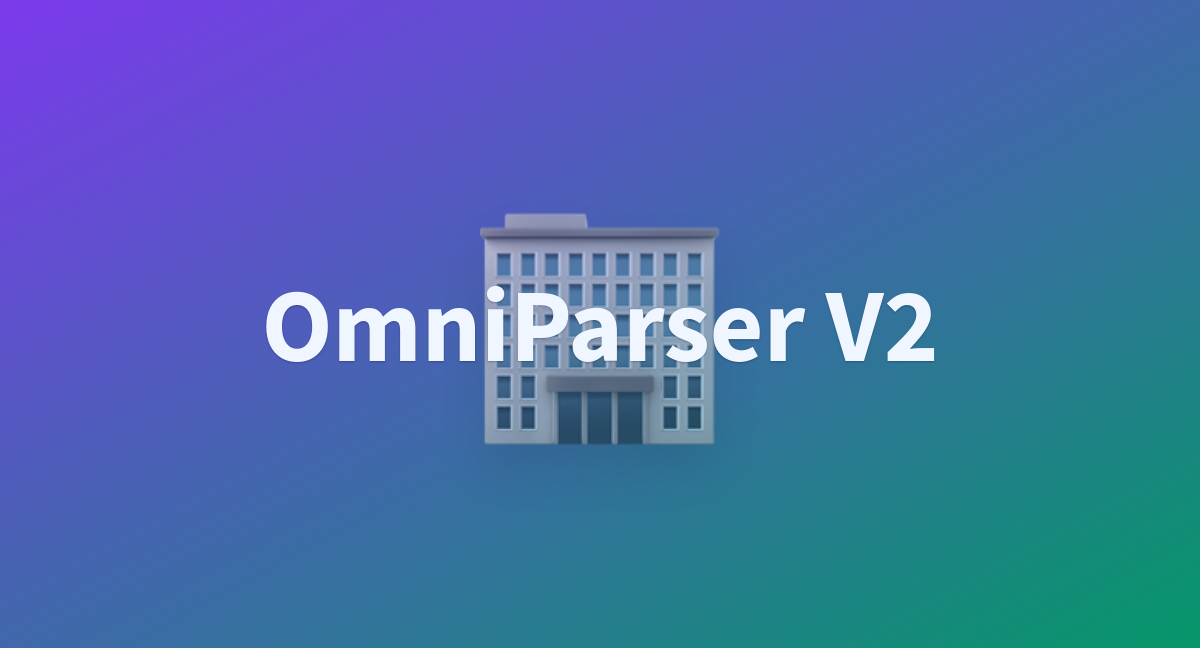Run Microsoft OmniParser V2 on Windows : Step by Step Guide

Microsoft OmniParser V2 is a powerful tool designed to parse user interface (UI) screenshots into structured elements, enhancing the ability of Large Language Models (LLMs) to interact with graphical user interfaces (GUIs).
This article provides a comprehensive guide on setting up and running Microsoft OmniParser V2 in a Windows environment, covering installation, configuration, testing, and real-world applications.
Key Features of OmniParser V2
- Screen Parsing: Converts UI screenshots into structured elements for easier analysis.
- Enhanced GUI Interaction: Improves LLMs' ability to interact with on-screen components.
- Broad LLM Support: Compatible with OpenAI, DeepSeek, Qwen, and other state-of-the-art models.
- Autonomous Agents: Supports the creation of autonomous agents for Windows and web browsers.
Use Cases
- GUI Automation: Automating repetitive tasks within graphical interfaces.
- Testing: Enhancing UI testing through automated element recognition.
- Accessibility: Enabling voice-controlled UI interactions to improve accessibility.
- Research: Providing a platform for AI-driven GUI interaction and automation.
Prerequisites for OmniParser V2 Installation
Before installing OmniParser V2, ensure your system meets the following requirements:
- Operating System: Windows 10 or 11.
- Python Version: Python 3.12 recommended.
- Anaconda or Miniconda: For environment management.
- Git: Required for cloning the OmniParser repository.
Installation Guide
Step 1: Clone the OmniParser Repository
git clone https://github.com/microsoft/OmniParser
cd OmniParser
Step 2: Create a Conda Environment
conda create -n omni python=3.12
conda activate omni
Step 3: Install Required Dependencies
pip install -r requirements.txt
Step 4: Download Model Checkpoints
Ensure the icon_caption weights folder is named icon_caption_florence.
for f in icon_detect/{train_args.yaml,model.pt,model.yaml} icon_caption/{config.json,generation_config.json,model.safetensors}; do
huggingface-cli download microsoft/OmniParser-v2.0 "$f" --local-dir weights; done
mv weights/icon_caption weights/icon_caption_florence
Step 5: Additional Installation for AMD Machines
pip install torch==2.1.0 torchvision==0.16.0 torchaudio==2.1.0 --index-url https://download.pytorch.org/whl/cu118
Troubleshooting Installation Issues
- Missing Packages: Verify all required dependencies are installed.
- Environment Issues: Ensure the correct Conda environment is activated.
Dependency Conflicts:
pip install --upgrade pip
conda update --all
Configuration of OmniParser V2
Update Configuration Files
Adjust the following files to match your system requirements:
train_args.yaml: Configures training parameters for icon detection.config.json: Defines settings for the icon captioning model.
Set Up Environment Variables
Define necessary environment variables, such as paths to model checkpoints or API keys.
Configure LLM Integration
Set up OmniParser V2 to work with OpenAI, DeepSeek, Qwen, or other supported LLMs by adding API keys and defining endpoints.
Testing OmniParser V2
Run the Gradio Demo
python gradio_demo.py
This launches a web interface for uploading screenshots and testing OmniParser V2.
Use Sample Images
Test the tool with sample images provided in the repository to verify accuracy.
Debugging and Troubleshooting
- Check Logs: Review logs for error messages.
- Verify Configuration: Ensure API keys and configuration settings are correct.
- Test Different Images: Identify inconsistencies across different UI elements.
Integration with OmniTool
OmniTool is a Windows 11 virtual machine integrating OmniParser, OmniTool, and an LLM (e.g., GPT-4o) for fully autonomous AI actions.
Steps to Set Up OmniTool
- Install Windows 11 in a virtual machine.
- Install dependencies for OmniTool.
- Configure OmniParser V2 within the OmniTool environment.
- Test OmniTool by running automated GUI interactions.
Optimizing Performance
- Hardware Acceleration: Use GPUs or specialized hardware to enhance performance.
- Model Tuning: Fine-tune model checkpoints for better accuracy.
- Configuration Adjustments: Optimize settings based on your hardware.
Advanced Usage of OmniParser V2
Custom Training
Train customized models for improved detection and description of UI elements.
API Integration
Leverage OmniParser V2's API to integrate its capabilities into external applications.
Extending Functionality
Develop custom modules and plugins to enhance OmniParser V2’s features.
Real-World Applications
Automation
Streamline workflows by automating GUI interactions such as data entry and software testing.
Accessibility
Enable voice-based navigation and alternative input methods for disabled users.
Research
Support AI-driven GUI interaction studies.
Testing
Automate UI testing processes to improve software reliability.
Common Troubleshooting Solutions
Installation Problems
- Dependency Issues: Upgrade
pipandconda. - Missing Packages: Install missing dependencies from
requirements.txt. - Environment Issues: Ensure the correct Conda environment is active.
Configuration Errors
- API Key Problems: Verify that API keys are correct.
- Incorrect Endpoints: Ensure endpoint URLs are properly set.
- Missing Configurations: Double-check that all necessary configuration files are in place.
Performance Bottlenecks
- Hardware Limitations: Enable GPU acceleration.
- Software Limitations: Experiment with different settings to improve performance.
Best Practices for OmniParser V2
Keep Software Updated
Ensure Python, Conda, and OmniParser are up to date.
Use Virtual Environments
Avoid dependency conflicts by using isolated Conda environments.
Thorough Testing
Test thoroughly after installation and configuration to verify proper functionality.
Monitor Performance
Regularly assess performance and optimize settings for efficiency.
Conclusion
Microsoft OmniParser V2 is a cutting-edge tool for parsing UI screenshots and enabling AI-driven GUI automation. By following this guide, you can successfully install, configure, and optimize OmniParser V2 for various applications, from automating tasks to improving accessibility and supporting research.